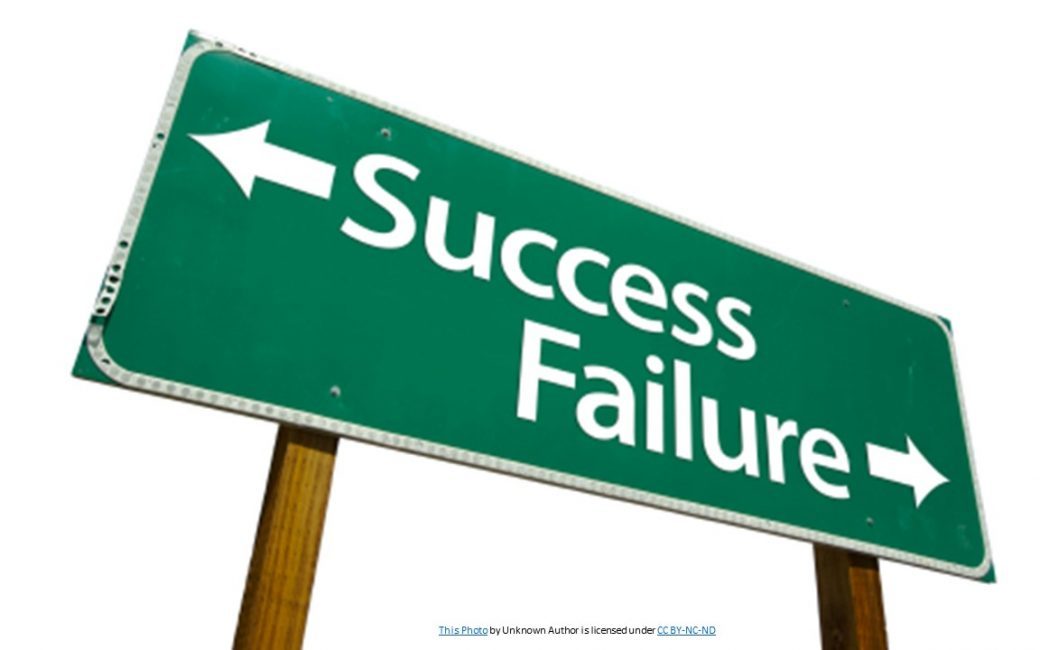Guideline 1 of the APA guidelines suggests that "masculinities are constructed based on social, cultural and contextual norms". However although it is true that masculinity is, in part, constructed, it is also partly innate.
What is the evidence that masculinity is, in part, innate? Well, sex differences in cognition and behaviour are found worldwide, and their universality suggests something that transcends culture. Moreover, most of these clearly map onto masculinity. For example, the tendency to being more competitive, aggressive (physically), and interested in sports than women maps onto the male gender script of being a fighter and winner. The tendency to working longer hours, working in male-typical occupations, exploring the environment, more willing to take risks, maps onto the male gender script of being provider and protector. The tendency to show less fear, less crying, more inclined to substance abuse (self-medication) maps onto the male gender script of having mastery &control of one's emotions.
The crucial point for therapy is that because some aspects of masculinity are innate, changing them is not a simple case of cognitive restructuring or behaviour change, any more than changing other deeply-held aspects of gender identity or sexual identity is straightforward or even desirable.
However we live in a culture steeped in the 'gender similarities hypothesis', telling us that there are 'more similarities than differences' between men and women. Of course this idea is not wholly untrue, but it typically deflects our attention away from the fact that it is the differences between men and women that 'make all the difference'. Thus in many ways we are not encouraged to notice sex differences, and we might even experience cognitive dissonance if we are asked to focus on sex differences and consider the implications for, to take one example, treatment approaches in psychology.
Guideline 3 states that "in the aggregate, males experience a greater degree of social and economic power than girls and women in a patriarchal society". This statement is an example of what we have identified as gamma bias in psychology, a type of cognitive distortion in which examples of male privilege are magnified and female privilege is ignored or explained away. Examples of male disadvantage are boys' educational achievement and the high rates of male suicide. Examples of female advantage lighter prison sentences and gender quotas in science jobs. In fact recent evidence has found that men are disadvantaged in many countries worldwide, especially those with medium to high levels of development.
Therapists who believe that guideline 3 is true of their male clients might understandably struggle to find much empathy for them, and a male client might struggle to believe they will find much empathy from such therapists too.
As an alternative to guidelines 1 and 3, I would suggest that we recognise that masculinity is to some degree innate and potentially positive for mental health, and the vulnerabilities of male clients are more important to us, as therapists, than any hypothesised patriarchal power. We shouldn't presume that the bad behaviour of the minority of men are representative of some underlying aspect of men in general, and we should recognise that negative views of men are a barrier to an appropriate level of therapeutic empathy.
Comment: Which is precisely why some radical ideologues are pushing this nonsense. It is a full assault on competence and any positive aspects of masculinity.
I would encourage Division 51 to revise their guidelines to bring them in line with research evidence and common sense. I would also urge authors of any other guidelines relating to male mental health to make similar revisions. After all, men seek therapy less than women do even when suicidal, so we need to do what we can to make therapy more male-friendly.
Is there an alternative to the new APA guidelines for working with men and boys? Well the forthcoming Palgrave Handbook of Male Psychology and Mental Health offers practical advice to therapists and a more positive theoretical perspective on men's mental health and male psychology in general. Guidelines based on this handbook will be issued soon, and I hope the 32 chapters offer therapists and academics a realistic and useful way of understanding and working with men.
About the author
Dr John Barry is a Chartered Psychologist and co-founder of the Male Psychology Network and Male Psychology Section of the British Psychological Society. He is one of the editors of, and contributors to, The Palgrave Handbook of Male Psychology and Mental Health




Reader Comments